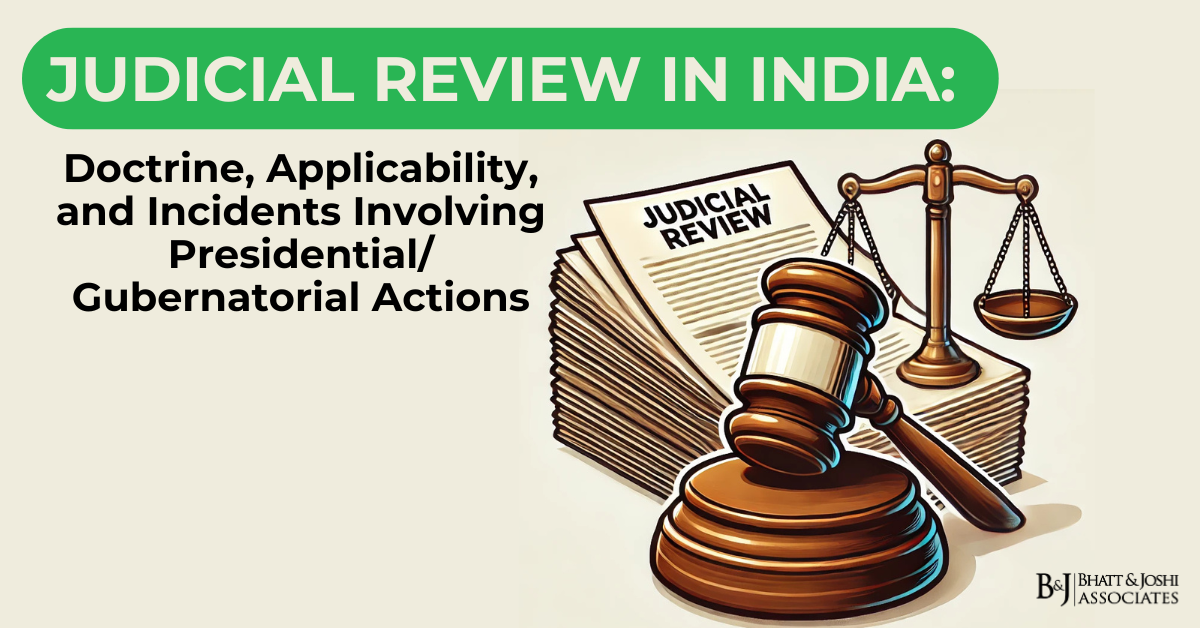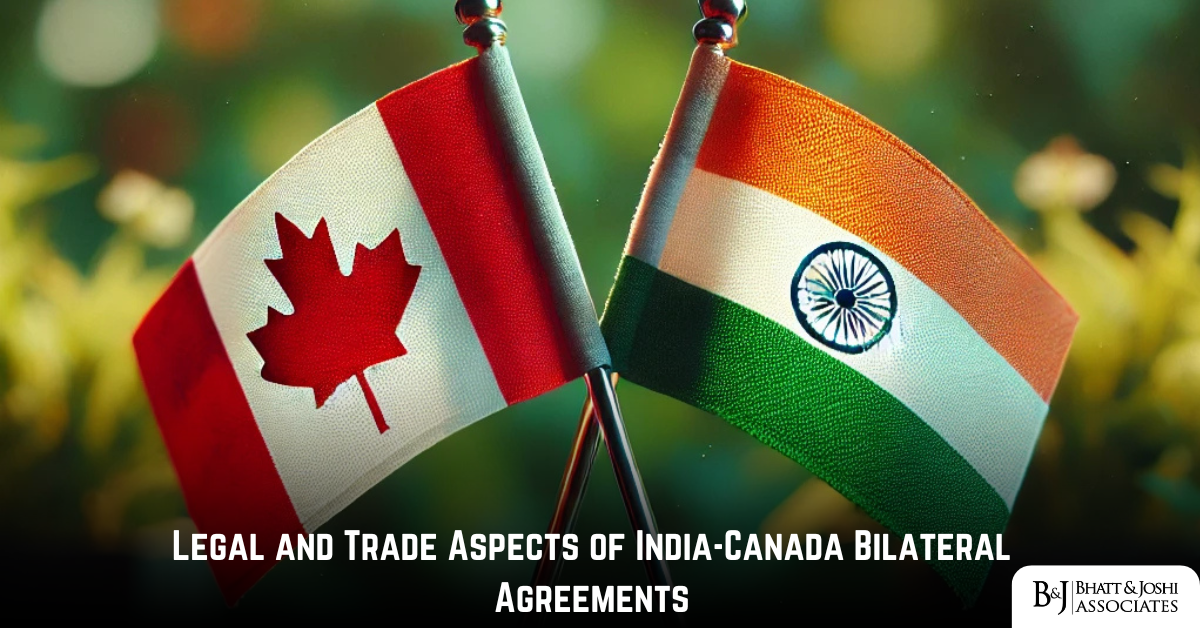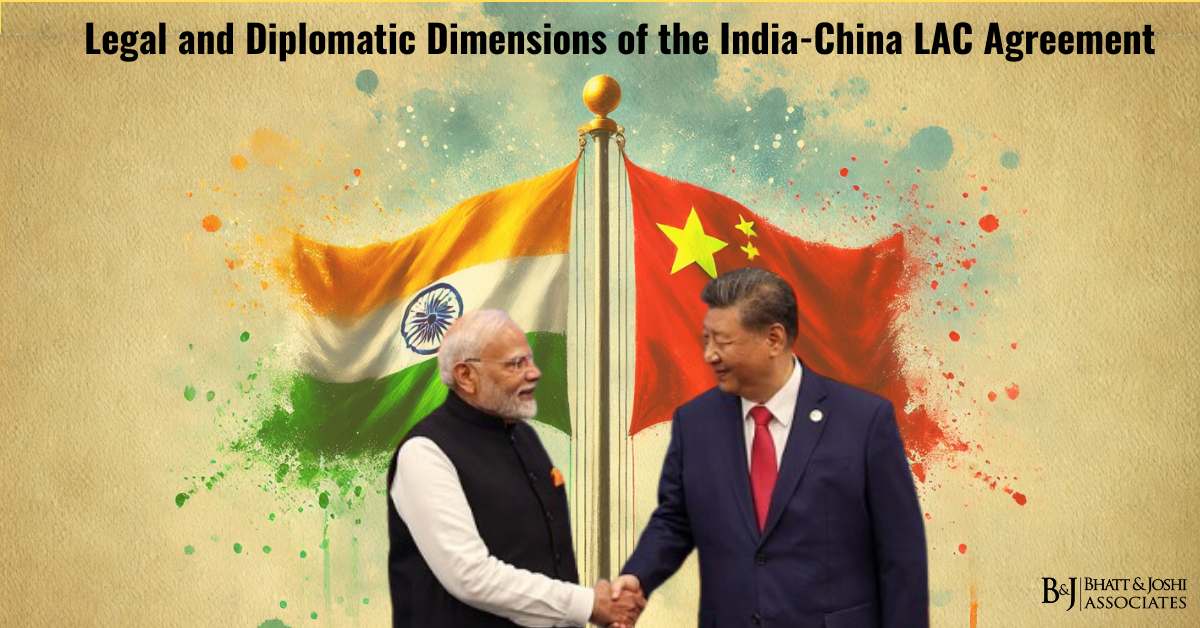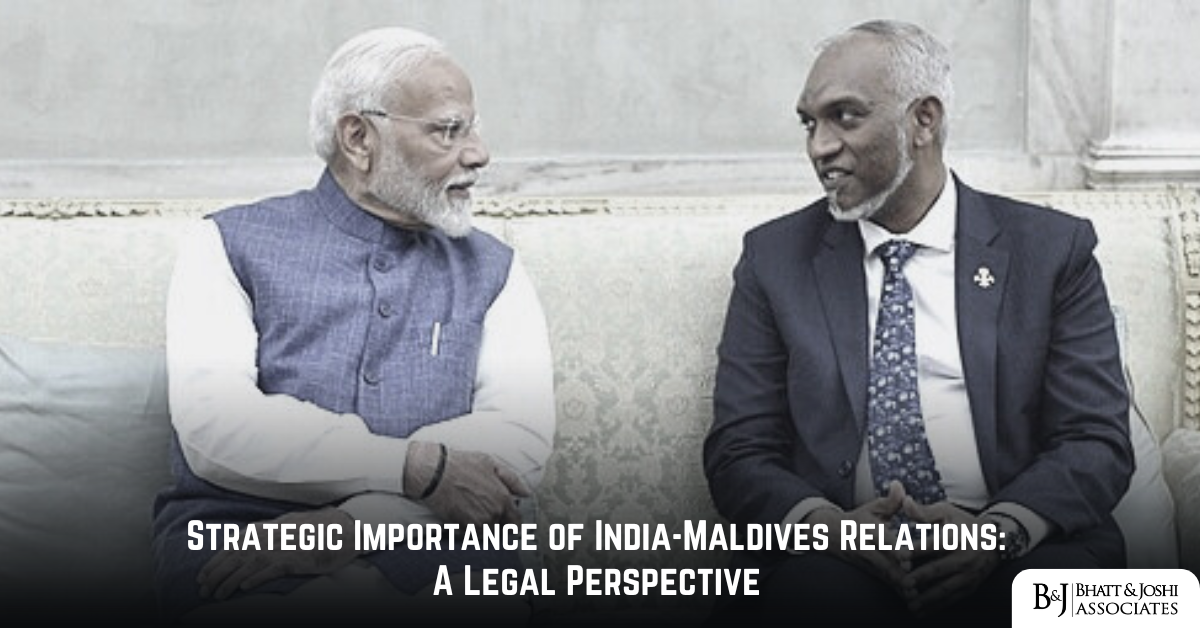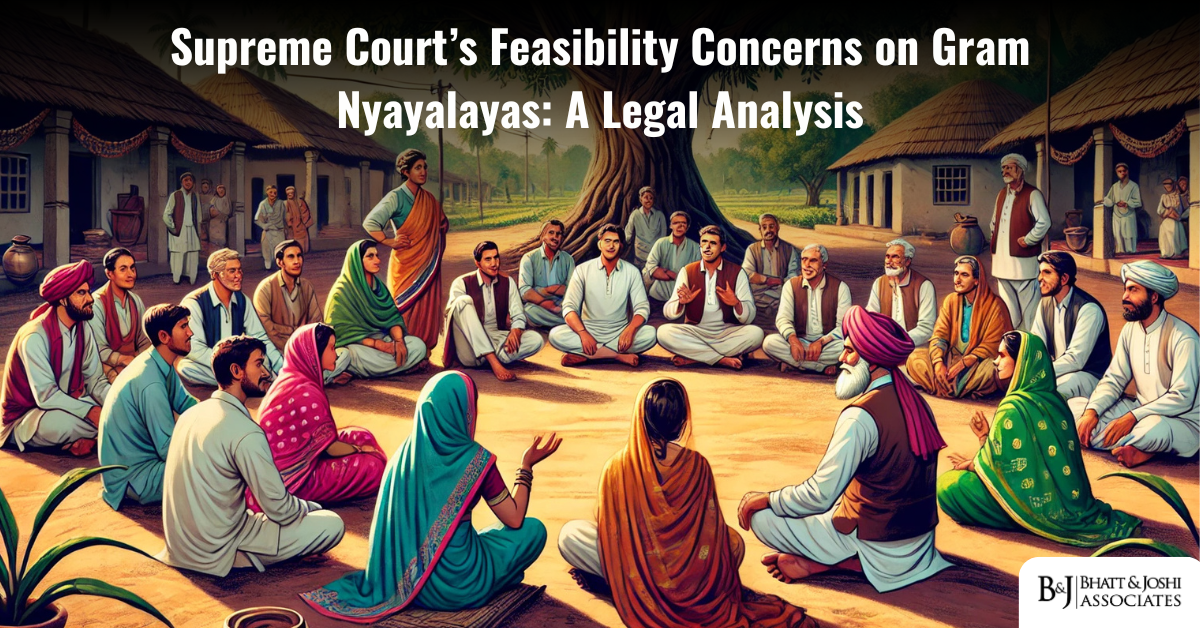I. Introduction
Judicial review in India is a cornerstone of constitutional democracy, empowering the judiciary to examine the constitutionality of legislative enactments, executive orders, and administrative actions. Rooted in Marbury v. Madison (1803), this doctrine was incorporated into the Indian legal system through various constitutional provisions. The Supreme Court and High Courts wield this power to invalidate laws and actions violating constitutional principles.
II. Doctrine of Judicial Review: Constitutional Foundations
A. Definition and Constitutional Origin of Judicial Review
Judicial review refers to the judiciary’s power to assess and strike down laws, policies, and executive decisions that contravene the Constitution. While not explicitly named, Articles 13, 32, 136, 142, 226, and 227 provide the legal foundation for this doctrine in India.
B. Key Constitutional Provisions of Judicial Review
- Article 13: Declares laws inconsistent with Fundamental Rights as void.
- Article 32: Grants direct access to the Supreme Court for enforcing Fundamental Rights.
- Article 226: Empowers High Courts to issue writs against state actions.
- Basic Structure Doctrine: Established in Kesavananda Bharati v. State of Kerala (1973), affirming judicial review as an integral part of the Constitution’s basic structure.
III. Scope and Applicability of Judicial Review
A. Judicial Review of Legislative and Executive Actions
Judicial review extends to laws, ordinances, and administrative orders to ensure constitutional compliance. Notably:
- The Supreme Court invalidated the 99th Constitutional Amendment (NJAC) in Supreme Court Advocates-on-Record Association v. Union of India (2015), citing threats to judicial independence.
B. Constitutional Amendments
Post-Kesavananda Bharati, amendments altering the Constitution’s basic structure are invalid. For instance:
- The 39th Amendment, which attempted to immunize elections from judicial scrutiny, was struck down in Indira Gandhi v. Raj Narain (1975).
C. Administrative Actions
Judicial review extends to executive decisions, including those of the President and Governors, under:
- Article 123: Ordinance-making power of the President.
- Article 356: Imposition of President’s Rule.
- Article 200: Governor’s power to grant or withhold assent to bills.
IV. Judicial Review of Presidential/Gubernatorial Actions
A. President’s Rule (Article 356)
- S.R. Bommai v. Union of India (1994): The Supreme Court ruled that Presidential Proclamations under Article 356 are subject to judicial review, ensuring that federalism is not undermined.
- Grounds for review include:
- Mala fide intent (e.g., political vendetta).
- Lack of objective material justifying emergency.
B. Governor’s Discretionary Powers
- Nabam Rebia v. Deputy Speaker (2016): The Court held that Governors’ discretionary powers, such as summoning assemblies, are subject to judicial review. Governors must act on the aid and advice of the Council of Ministers, except in rare exceptions.
Withholding Assent to Bills (Article 200)
- Rameshwar Prasad v. Union of India (2006): Despite Governors’ personal immunity under Article 361, their official actions (e.g., delaying assent) are reviewable.
- 2023 Supreme Court Ruling: Directed Governors of Punjab, Kerala, and Tamil Nadu to clear pending bills, declaring indefinite delays unconstitutional.
C. Ordinance-Making Power (Articles 123 and 213)
- Krishna Kumar Singh v. State of Bihar (2017): Repeated re-promulgation of ordinances without legislative approval was ruled unconstitutional.
- AK Roy v. Union of India (1982): Ordinances can be challenged if issued in bad faith or beyond constitutional limits.
V. Standards for Reviewing Executive Actions
A. Arbitrariness and Mala Fides
- Courts invalidate decisions based on bad faith or political motives, as seen in S.R. Bommai, where the misuse of Article 356 was struck down.
B. Proportionality and Reasonableness
- Actions must align with constitutional objectives. In Government of NCT of Delhi v. Union of India (2018), the Court ruled against the Lieutenant Governor’s obstruction of an elected government’s decisions.
C. Procedural Fairness
- Perarivalan Case (2022): The Supreme Court granted remission to a convict after the Tamil Nadu Governor’s indefinite delay, citing violation of procedural justice under Article 161.
VI. Recent Incidents and Judicial Responses
A. Governor’s Delay in Assent (2023)
- The Supreme Court intervened when Governors in Punjab, Kerala, and Tamil Nadu withheld assent to bills for months. The Court mandated timely decisions, stressing that Governors cannot function as parallel authorities to elected legislatures.
B. Presidential Immunity vs. Action Review
- While Article 361 grants personal immunity to Governors, their official actions remain reviewable. In Rameshwar Prasad, the Court clarified that immunity does not bar scrutiny of official actions.
VII. Conclusion
Judicial review in India serves as a crucial check on executive overreach, ensuring that Presidential and Gubernatorial powers are exercised within constitutional boundaries. Landmark rulings like S.R. Bommai and Nabam Rebia have reinforced federalism and prevented misuse of executive authority. Recent Supreme Court interventions highlight the judiciary’s role in upholding democratic principles, balancing immunity with accountability in governance.





